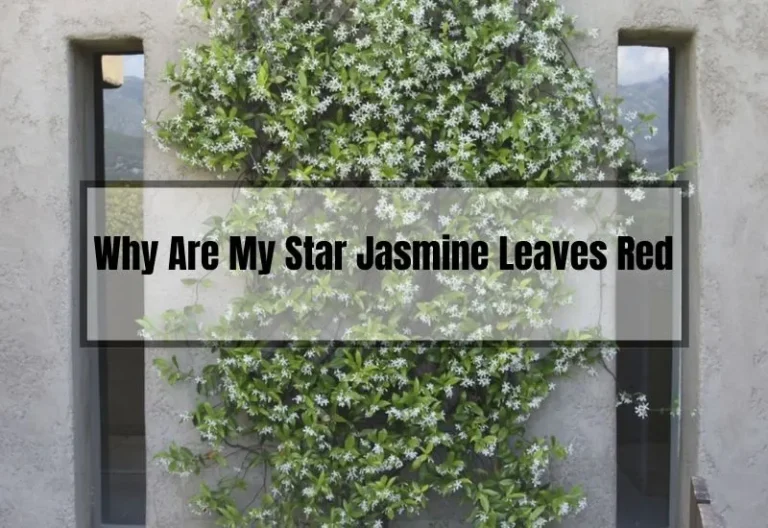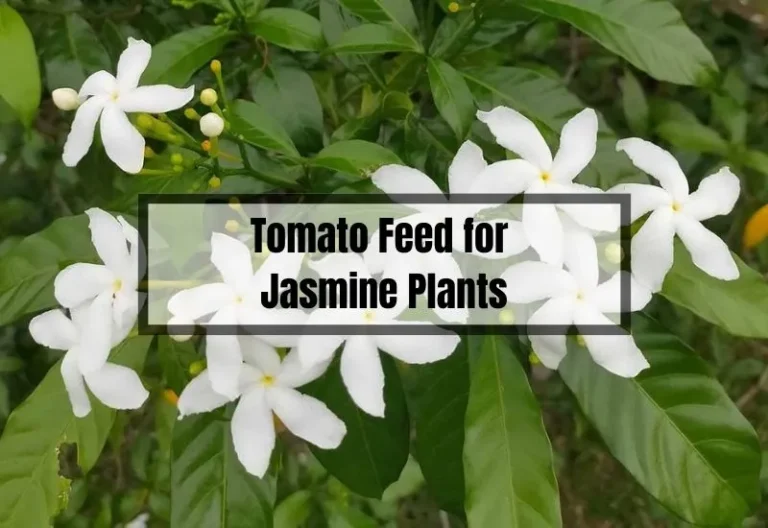Jasmine Clotted Cream Problems: Troubleshooting Tips and Tricks
Jasmine Clotted Cream is a beautiful and fragrant plant that can add a touch of elegance to any garden. However, growing this plant can sometimes be challenging due to various issues that may arise. Whether you are a seasoned gardener or a beginner, it is essential to be aware of the problems that can affect Jasmine Clotted Cream to keep your plant healthy and thriving.
One of the most common issues with Jasmine Clotted Cream is poor flowering. If your plant has stopped blooming, this could be due to several factors such as incorrect pruning, inadequate sunlight, or improper watering. Additionally, pests and diseases can also affect the health of your plant.
Identifying the problem early on and implementing the right solutions is crucial to prevent further damage and promote healthy growth.
Key Takeaways
- Jasmine Clotted Cream can be challenging to grow due to various issues that may arise.
- Poor flowering is a common issue that can be caused by incorrect pruning, inadequate sunlight, or improper watering.
- Identifying the problem early on and implementing the right solutions is crucial to prevent further damage and promote healthy growth.
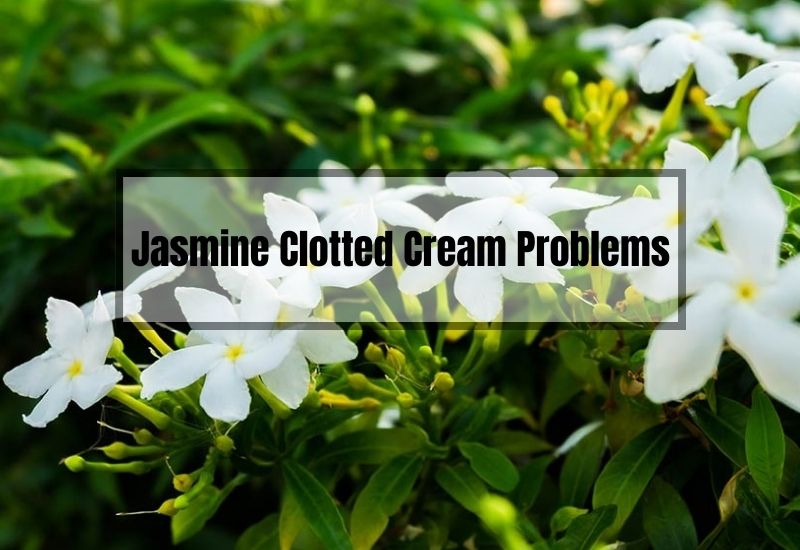
Jasmine Clotted Cream Problems
If you’re having trouble with your Jasmine Clotted Cream, you’re not alone. Here are some common problems and solutions to help you get the most out of your plant.
Poor Growth
If your Jasmine Clotted Cream is looking poorly, it may be due to a lack of nutrients or water. Here are some tips to help your plant grow strong and healthy:
- Make sure your plant is getting enough water. Jasmine Clotted Cream prefers well-draining soil, so be careful not to overwater.
- Fertilize your plant regularly with a balanced fertilizer to provide it with the nutrients it needs to grow.
- Prune your plant regularly to encourage new growth and remove any dead or damaged branches.
Lack of Flowers
If your Jasmine Clotted Cream isn’t producing flowers, it may be due to a lack of sunlight or pruning. Here are some tips to encourage your plant to flower:
- Make sure your plant is getting enough sunlight. Jasmine Clotted Cream prefers full sun to partial shade.
- Prune your plant regularly to encourage new growth and remove any dead or damaged branches. This will help your plant produce more flowers.
Winter Damage
If your Jasmine Clotted Cream is looking dead or damaged after winter, it may be due to frost damage. Here are some tips to help your plant recover:
- Wait until spring to assess the damage. Your plant may still be alive, even if it looks dead.
- Prune back any dead or damaged branches to encourage new growth.
- Fertilize your plant with a balanced fertilizer to provide it with the nutrients it needs to recover.
By following these tips, you can help your Jasmine Clotted Cream grow strong and healthy, and produce beautiful flowers year after year.
Common Issues with Jasmine Clotted Cream

Jasmine Clotted Cream is a beautiful and fragrant plant that is popular among gardeners. However, like any other plant, it is susceptible to various issues that can affect its growth and health. In this section, we will discuss some of the common issues that you may encounter when growing Jasmine Clotted Cream.
Disease and Pest Problems
Jasmine Clotted Cream is prone to various diseases and pests that can affect its growth and flowering. Here are some of the common issues that you may encounter:
- Powdery Mildew: This is a fungal disease that appears as a white powdery coating on the leaves. It can cause the leaves to curl and drop prematurely. To prevent this disease, make sure that the plant has good air circulation and avoid overhead watering.
- Spider Mites: These tiny pests can cause yellowing and stippling of the leaves. They thrive in hot and dry conditions, so make sure to keep the plant well-watered and mist the leaves regularly to increase humidity.
- Scale Insects: These insects can cause yellowing and wilting of the leaves. They secrete a sticky substance that can attract ants and other pests. To get rid of them, you can use insecticidal soap or horticultural oil.
Watering and Sunlight Issues
Jasmine Clotted Cream requires adequate water and sunlight to thrive. Here are some of the common issues that you may encounter:
- Underwatering: If the plant is not getting enough water, the leaves may turn yellow and drop prematurely. To prevent this, make sure to water the plant deeply and regularly, especially during hot and dry weather.
- Overwatering: If the plant is getting too much water, the roots may become waterlogged and rot. This can cause the leaves to turn yellow and drop. To prevent this, make sure to plant the Jasmine Clotted Cream in well-draining soil and avoid watering it too frequently.
- Lack of Sunlight: If the plant is not getting enough sunlight, it may not flower well. Make sure to plant the Jasmine Clotted Cream in a location that receives at least 6 hours of direct sunlight per day.
Soil and Fertilizer Problems
Jasmine Clotted Cream requires a well-draining soil and regular fertilization to thrive. Here are some of the common issues that you may encounter:
- Poor Soil Drainage: If the soil is too heavy and does not drain well, the roots may become waterlogged and rot. To prevent this, make sure to plant the Jasmine Clotted Cream in well-draining soil, or amend the soil with sand or perlite to improve drainage.
- Over-fertilization: If the plant is getting too much fertilizer, it may become leggy and produce fewer flowers. To prevent this, make sure to use a balanced fertilizer, and follow the instructions carefully.
- Nutrient Deficiency: If the plant is not getting enough nutrients, the leaves may turn yellow and drop. To prevent this, make sure to fertilize the plant regularly with a balanced fertilizer.
Overcoming Jasmine Clotted Cream Problems
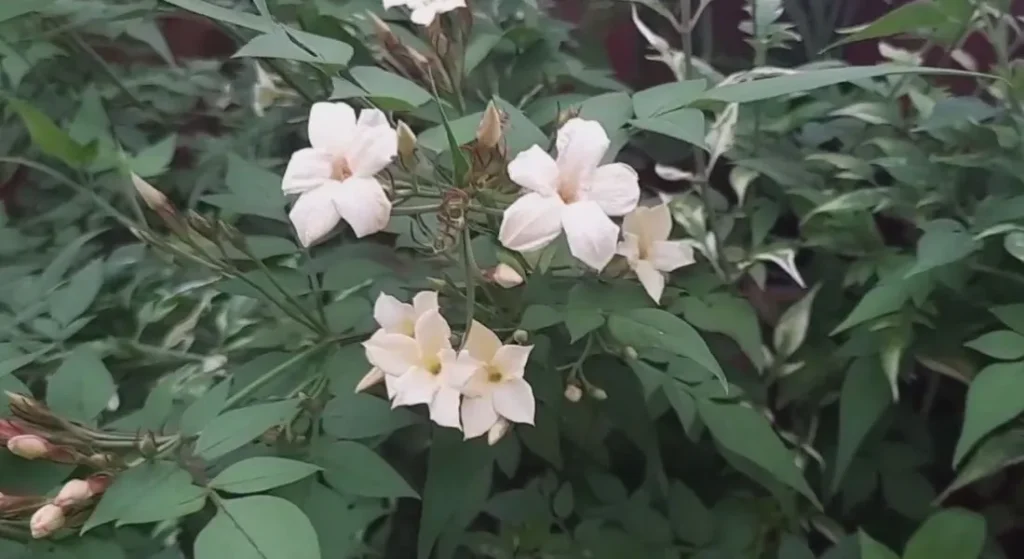
Now that we know the obstacles, let’s find ways to kick these problems to the curb and make sure your Jasmine Clotted Cream thrives.
Proper Plant Care
Proper plant care is crucial for the health and growth of your Jasmine Clotted Cream. Here are some things to keep in mind:
- Prune your plant regularly to keep it from becoming too large and unwieldy.
- Use support structures like trellises or arbors to keep it in check.
- Make sure your plant has enough space to grow and spread out.
- Use a well-draining soil mix that is rich in organic matter.
- Fertilize your plant regularly with a balanced fertilizer to encourage healthy growth.
Optimal Watering and Sunlight
Jasmine Clotted Cream plants need the right amount of water and sunlight to thrive. Here’s what you need to know:
- Water your plant deeply and regularly, but don’t overwater it.
- Make sure your plant gets at least six hours of direct sunlight each day.
- If you live in a hot, dry climate, provide some shade during the hottest part of the day.
Disease and Pest Control
Jasmine Clotted Cream plants can be susceptible to a variety of diseases and pests. Here are some things you can do to prevent and control these problems:
- Inspect your plant regularly for signs of disease or infestation.
- Use organic pest control methods like neem oil or insecticidal soap.
- Remove any infected or infested parts of the plant immediately.
- Keep your plant well-ventilated to prevent fungal growth.
Ideal Soil and Fertilizer
Jasmine Clotted Cream plants prefer a slightly acidic soil with plenty of organic matter. Here are some things to keep in mind:
- Use a soil mix that is well-draining and rich in organic matter.
- Fertilize your plant regularly with a balanced fertilizer that is high in nitrogen.
- Avoid using fertilizers that are high in phosphorus, as this can lead to excessive growth.
Managing Vigorous Growth
Jasmine Clotted Cream is kind of like a determined cheerleader; it just keeps going and going! This vigorous climber can easily reach 5 meters high and wide, so you’ll need to be prepared for its exuberant growth.
To keep it in check, consider using support structures like trellises or arbors. This will help your plant climb vertically and prevent it from taking over your garden. Trust me, giving your plant some boundaries can save you a lot of trouble in the long run.
Pruning Techniques for Jasmine Clotted Cream
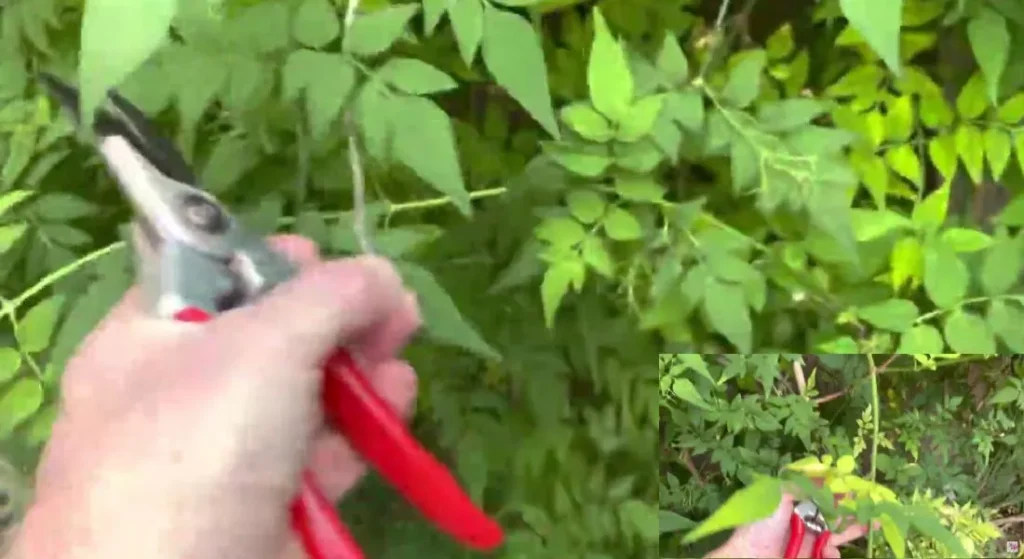
Just like a good hairstyle, pruning can make all the difference in keeping your Jasmine Clotted Cream looking its best. Proper pruning is crucial for flower production and overall plant health.
The trick is to prune after flowering and remove any thin, old shoots or frost-damaged stems in spring. Don’t go overboard, though! Prune just enough to maintain the desired shape and size without hindering the plant’s ability to bloom.
Alternative Jasmine Cultivars
If you’re looking for other jasmine options, I’ve got you covered. A noteworthy alternative is ‘Fiona Sunrise,’ which sports vibrant yellow leaves that can brighten up any garden.
While its flowers may not stand out as much as those of the green-leaved Clotted Cream, it still has that irresistible fragrance we all adore. Make sure to weigh the pros and cons of alternative cultivars based on your garden’s size, climate, and overall aesthetic before making a choice.
Frequently Asked Questions (FAQs)
Now, let’s address some frequently asked questions to help you become a Jasmine Clotted Cream expert!
How do I propagate Jasmine Clotted Cream?
You can propagate this lovely plant through layering, hardwood cuttings, or semi-hardwood cuttings. Each method has its own set of instructions, so make sure you research the one that works best for your situation.
What are the ideal planting conditions for Jasmine Clotted Cream?
The perfect planting conditions include a warm, sunny, and sheltered spot with well-drained soil. Jasmine Clotted Cream can tolerate partial shade and colder positions but may not flower as profusely.
Can Jasmine Clotted Cream be grown in a container?
Yes! Jasmine Clotted Cream can be grown in a container, but make sure it’s large enough to accommodate the plant’s vigorous growth. Also, remember to provide support structures like trellises for the plant to climb.
How do I protect Jasmine Clotted Cream from frost damage?
To protect your plant from frost damage, consider applying a thick layer of mulch around the base of the plant in late fall. This will help insulate the roots from extreme cold. If your Jasmine Clotted Cream is grown in a container, move it to a more sheltered spot or indoors during particularly cold snaps.
Conclusion
There you have it, folks! We’ve gone through the common problems with Jasmine Clotted Cream and how to solve them, ensuring your plant remains healthy and vibrant.
With a little bit of care and attention, your Jasmine Clotted Cream will reward you with its enchanting fragrance and stunning flowers all summer long. So, go ahead and give this delightful cultivar a spot in your garden, and remember the tips and considerations we’ve discussed here. Happy gardening!
Related Posts:



